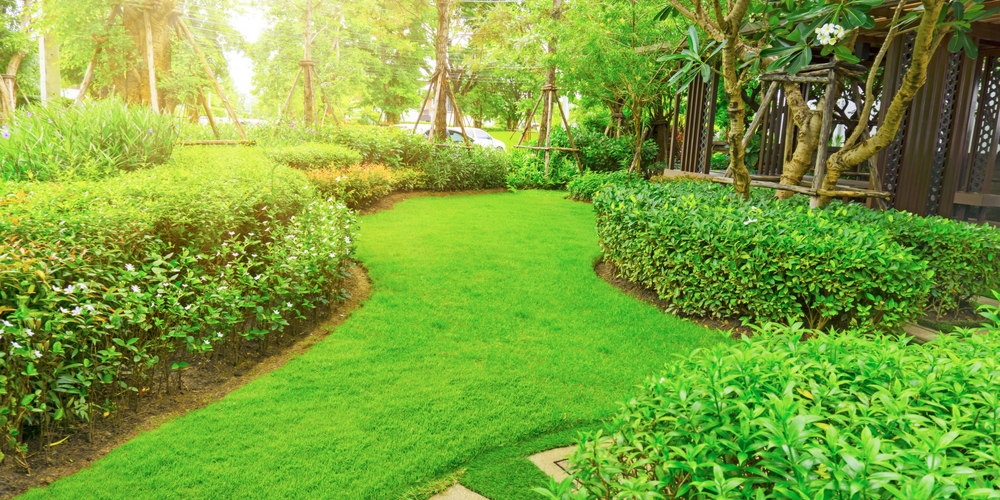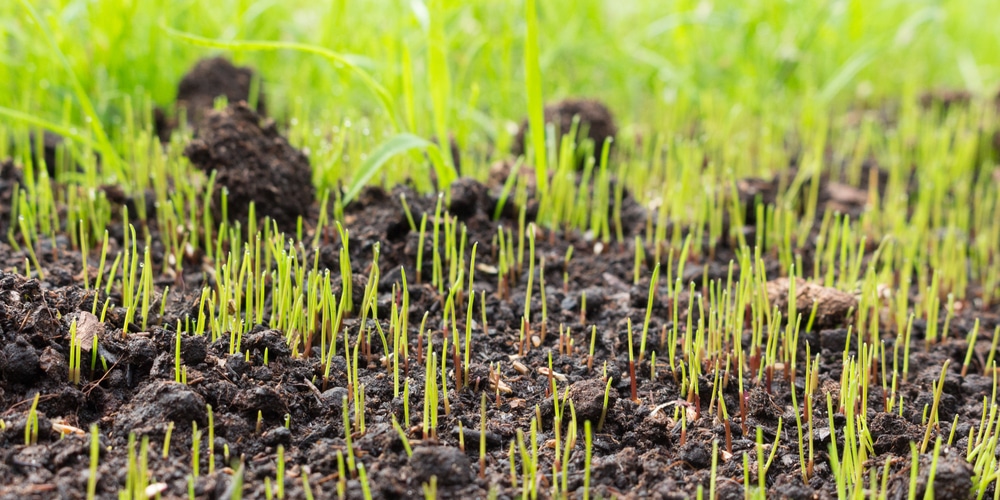Who doesn’t like bright green and lush lawns? They improve the appearance of any property and, under proper conditions (and with care), can make your garden look tidier. You know how difficult things can get if you have a lawn: you must be constant to keep it healthy and as good-looking as you expect. Yes, maintaining healthy grass can be challenging.
However, besides the hassle of frequently mowing your grass, keeping an eye out for pests and weeds, and watering it as needed, one of the barriers to having good-looking grass in your garden is shade. Indeed, most lawns can’t survive without plenty of direct sunlight each day. Grasses (like all plants) need light, air, and nutrients to survive. Without them, they won’t grow and eventually die.
There are different types of grass you can add to your yard. Find the one most suitable for your garden’s conditions to increase your chances of success at getting a healthy lawn with a minimal amount of effort.
While not many species thrive in the shade, if you can’t offer full sun to your grass, don’t worry. Some types will survive even in minimal sunlight. All you have to do is ensure you meet their basic requirements and try your best at meeting their needs.
Fescues are among the cool-season grasses with the highest tolerance to shade. If you are thinking about sowing fescue seeds in your garden, but you have trees or other elements that block the light, keep reading to find out how to make the best out of this versatile type of lawn.
Does Fescue Grow in Shade
Shady areas yield thin turf or even bare spots when growing a lawn. With inadequate light, grass might experience lower growth and might deal with more problems than your grass exposed to full sunlight. If you are looking for a species that will thrive even without plenty of direct sunlight, look no further than fescue.
This cool-season turf grows dense and bright green under optimal care. Among all types of fescue, the tall and fine varieties adapt the best to low light conditions. However, fescue won’t thrive in dense areas: you might have to amend your soil and eliminate other plants that might disturb its growth to get the best results.
With adequate measures, you’ll be able to enjoy a healthy lawn, even without lots of sunlight. If you live in a region where summers get warm and dry, don’t worry: this type of grass adapts to drought conditions and will grow even in poor soils.
This grass has a deep root system that allows it to survive even in the hardier conditions. Still, that doesn’t mean you won’t have to care for it. Commit to a regular mowing schedule, adequately water your grass, and check for pests and diseases.
You might have to apply a nitrogen-rich fertilizer, especially if you live in areas where the soil is poor. Avoid over-fertilization as you might cause your grass to stop growing: too much nitrogen can be counterproductive and burn the grass. Also, keep weeds at bay with suitable herbicides, if necessary.
Don’t forget that while fescue can survive under the shade, you will get much better results with partial sunlight. Indeed, the optimal conditions for fescue’s growth include at least four or six hours of filtered sunlight. Shaded grass will perform less photosynthesis: it will grow more slowly and take more time to recover from injuries and diseases.
Also, water your grass under the shade less frequently. Fescue won’t survive in moist conditions. Keep in mind that you should leave your grass taller when you plant it under the shade. Increase the height to at least three inches to keep it thicker and healthier. Plus, while tall fescue has a high tolerance to foot traffic, shaded grass might be less resistant. Ensure you protect it from heavy stress and avoid having pets or kids running around that area.
If tall fescue doesn’t suit your preferences, you can also grow red or Chewings fescue: they are both suitable to partial shade and shady areas. If you have trees that block the sunlight from getting to your lawn, consider pruning its branches more often.
Does Fescue Grow in Shade: The Bottom Line
While it can give you different results, growing a fescue lawn in the shade is possible. By following our recommendations, you will have an easier time getting thriving grass even without providing it with full direct sunlight every day.
Related Article: What’s the Best Time of Year to Plant Fescue?

